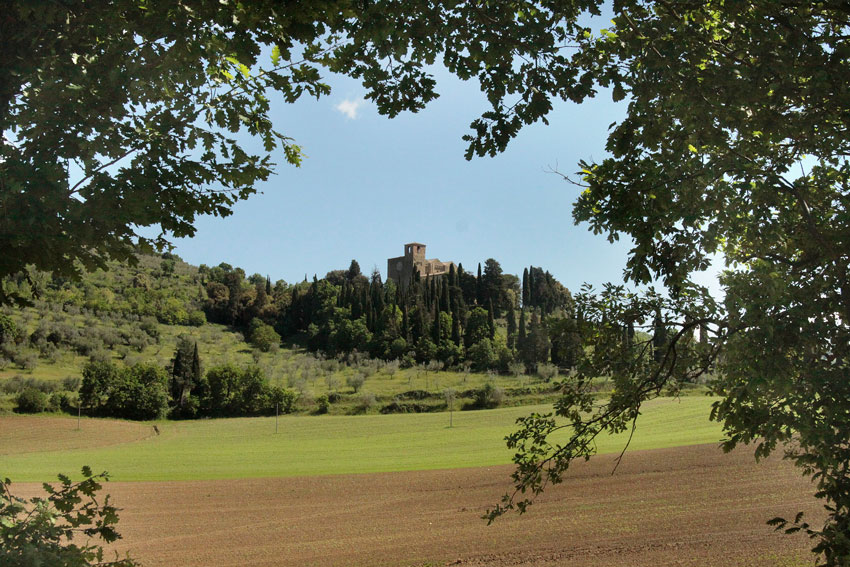
The perfect monastery
The Benedictine monastery of Montelabate (officially known as Abbazia di Santa Maria Valdiponte) is as spectacular 11th century monastery as one can find anywhere. So perfect in fact that I bring guests there as part of our popular Book Club Tour. It could easily be the location of Umberto Eco’s Name of the Rose.
Located just beyond Perugia at the turn off toward Gubbio, The abbey is open only by appointment. If guests like, I am pleased to arrange a tour and, along with a side trip to either Montone or Gubbio, make an exciting day of it.

Your private tour, which I will translate, begins with being welcomed outside by the caretaker. We will duck under the low entry way to to outer courtyard where the tour begins and then be led into the heart of the monastery. The cloister, with it’s well, is where all aspects of the monastic life — spirit, mind, and body — converged. As with all Benedictine abbeys, monastic life at Montelabate (which means mountain of the abbott) was not merely about prayer. In accordance with the Rule of St. Benedict, members were expected to pray, study, and work.
Although there is no longer a community here, the abbey still manages to have some things it produces. In addition to hosting several annual artisan festivals (when the abbey is open for a weekend, workers also tend and harvest the olives as well as produce a limited quantity of vin santo, or a sweet wine used for the mass but also these days as an after dinner drink. It’s gloriously golden and quite a delicious treat.
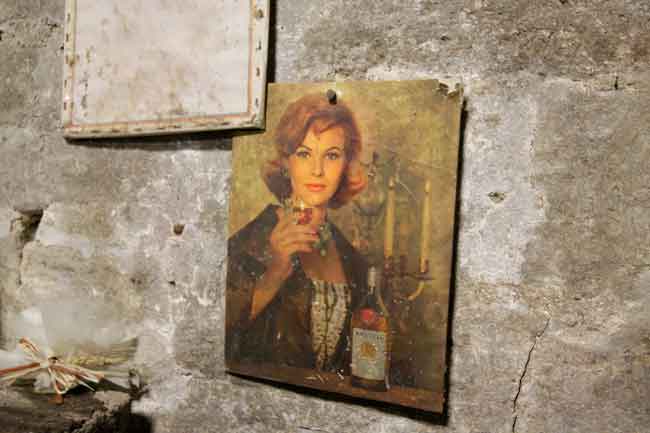
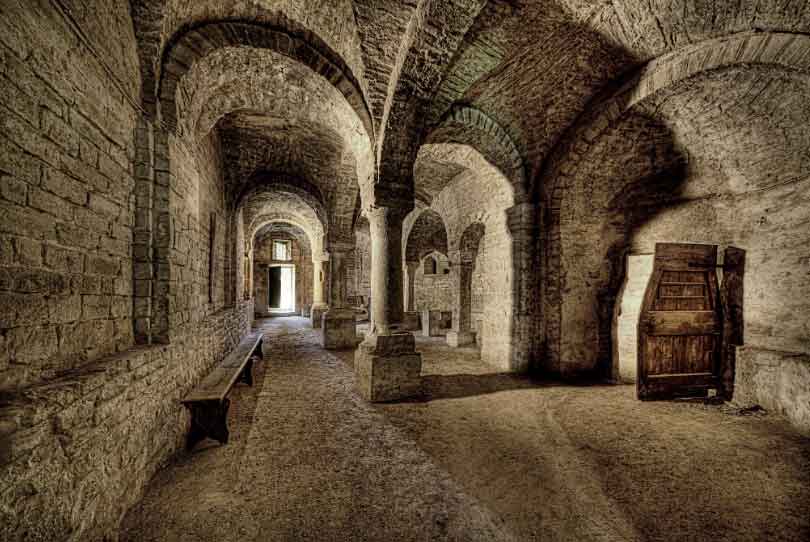
In addition, pecorino cheese is made by one of the shepherds that grazes his flocks near the abbey as well as beans, cereals, and sometimes chickpeas. These products are offered for sale when available and at special festivals. Guests can usually purchase the abbey’s delicious oil when they visit.
From archaeological evidence, it is thought a Roman villa once stood on the beautiful site amid the bountiful and airy woods. Evidence can be seen below the main altar where reused columns attest to a Roman heritage. The monastery dates from the 9th century and was ordered restored by Pope JohnXIII. He entrusted the task to Abbott Pietro who established it as a Benedictine institution after 969. The rustic tomb of the abbott is behind the main altar of the church.
The Abbey was quite powerful and ruled a large area from Gubbio to Lake Trasimeno. The high point of the its influence was between the 12th and 13th centuries. It underwent a restoration in the late 15th century and what remains of the frescoes by Fioranzo di Lorenzo (c. 1440 – 1522) and Bartolomeo Caporali (active 1454-1499) in the church are from then.
However forlorn and disheveled the abbey may appear, when one is visiting you feel as if you’ve stepped back centuries in time. The site is authentic and hauntingly beautiful and guests are always appreciative of this extraordinary experience.
The abbey is owned by the Gerolamo Gaslini Foundation to support the work of the Giannian Gaslini Institute, a pediatric hospital, opened in 1938, in Genoa.
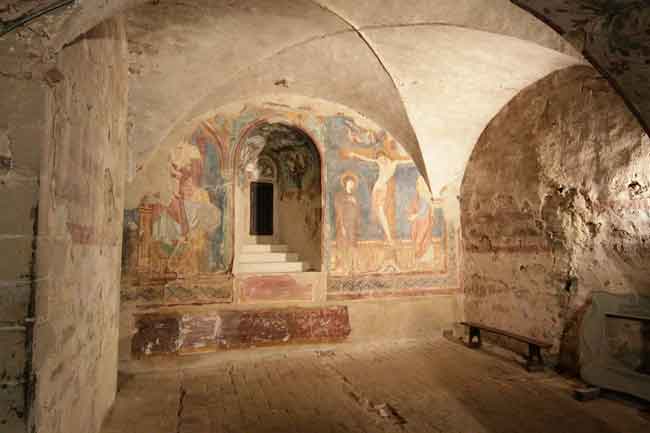
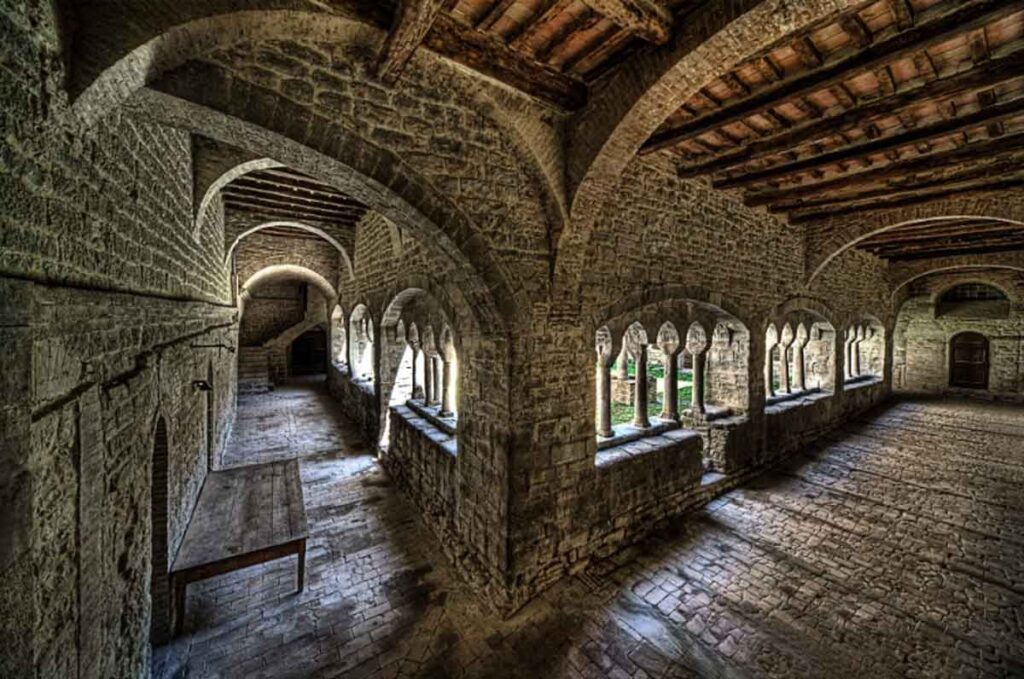
PARKING: Visits to the abbey are by appointment only. See their website for more information. Phone: +39 075 603120
On your handheld, click View larger map for directions.
These GPS coordinates will get you just down the road from the Abby office and olive press. They abbey is just beyond it up the hill.
